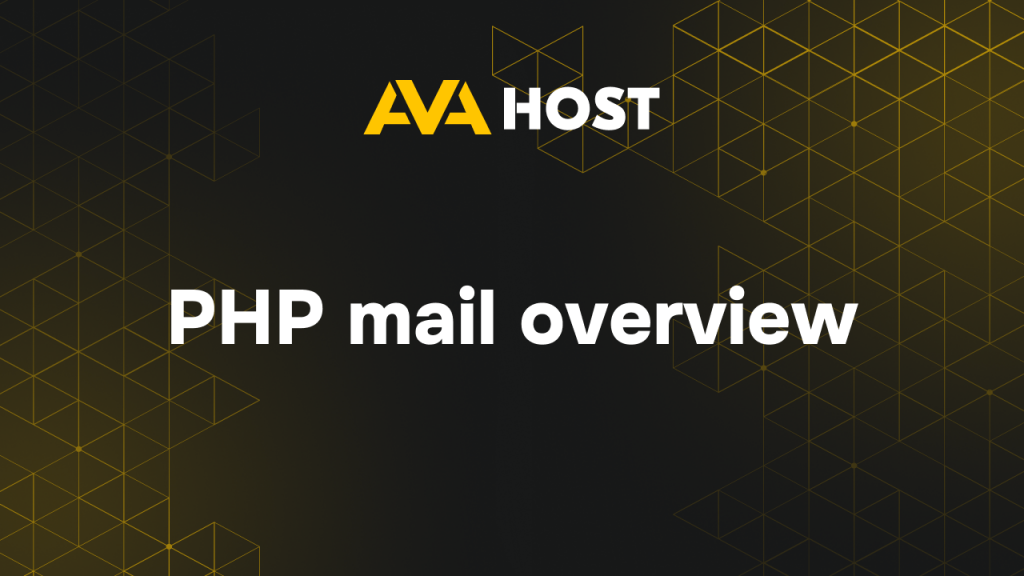F.A.Q

Supercharge Your Terminal with fzf Navigating sprawling file lists, digging through command histories, or managing complex Git repositories in a terminal can feel overwhelming—unless you have fzf, the lightning-fast fuzzy finder. Built in Go, fzf transforms how you interact with your command line, making tasks like finding files or switching Git branches a breeze. For […]

The mail() function is built into PHP and is used to send emails directly from a web server. It’s a simple way to send notifications, contact form messages, order confirmations, and other types of messages. Suitable for basic email functionality without using external libraries. How mail() Works When you call the mail() function, PHP passes […]

If a website suddenly stops opening on your computer — but works fine for others — your system may be using outdated connection data.This usually happens when your computer is still trying to connect to an old server address stored in the DNS cache — a temporary record of domain-to-IP mappings.In this article, you’ll learn […]

How to Find a Specific File by Content in Linux Whether you’re debugging a web application, auditing server logs, or tracking down a specific configuration on your ava.hosting VPS or dedicated server, searching files by content is a vital Linux skill. Tools like grep, find, ack, and ripgrep make it easy to locate strings or […]

How to Create and Edit Files Over SSH Secure Shell (SSH) offers a secure, encrypted way to manage remote servers, making file creation and editing a key skill for sysadmins and developers. This guide simplifies file management over SSH using command-line editors, with practical examples and tips for efficient server administration on AvaHost or similar […]

If your website suddenly stops loading, don’t panic.Unexpected downtime can happen for many reasons — from issues in the server environment to DNS misconfigurations, faulty scripts, or even browser-level caching. Fortunately, most of these issues can be identified and resolved in just a few minutes if you follow a clear troubleshooting process.This guide explains what […]

Creating a Custom Cron Job on Linux Automating routine tasks is essential in any robust system administration or web development workflow. Cron jobs provide a powerful, time-based job scheduler in Unix-like operating systems, allowing you to run scripts or commands automatically at scheduled intervals. What Is a Cron Job? A cron job is a scheduled […]

How to Access and Secure Your WordPress Admin Dashboard with AvaHost The WordPress admin dashboard is your control hub for managing your website, from editing content to installing plugins. AvaHost’s performance-optimized WordPress hosting makes accessing and securing your dashboard simple and reliable. This guide walks you through logging in, recovering lost passwords, and securing your […]

How to Change Your Email Account Password Securely Regularly updating your email account password is a simple yet effective way to secure your data and prevent unauthorized access, whether you’re using shared hosting, a VPS, or a dedicated server with AvaHost. This guide outlines two easy methods to change your email password, with practical examples […]

How to Increase PHP Memory Limit for Your Website PHP’s memory_limit prevents scripts from overloading server resources, but modern websites like WordPress or Joomla often need more memory to avoid errors like “Allowed memory size exhausted.” This guide simplifies checking and increasing the PHP memory limit using AvaHost’s cPanel or other hosting setups, with practical […]


